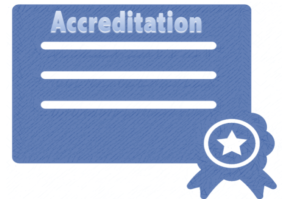Disruption in the U.S. Accreditation Space
 It is a time of disruption, in politics and government, in many national economies and cultures. In the United States, disruption has also penetrated the accreditation space, with debates and differences about student achievement, access and affordability and transparency, topics also challenging quality assurance around the world. Higher education, accreditation and quality assurance are not immune from the current swirl of competing ideas and views. Today, US accreditation is undergoing a seismic shift. What has been the primary form of quality assurance and quality improvement in the United States for more than 100 years is being repositioned. It is shifting from an independent, collegial process by which higher education decides and evaluates academic quality on its own to a compliance-driven process by which external stakeholders decide and apply requirements for quality that accreditors are to use. This shift involves four major changes. The first change is in who provides oversight and takes the lead in accreditation. The second change is in how quality is defined. The third change is about accountability: for what and to whom accreditation is answerable. The fourth is in how accreditation itself is to operate.
It is a time of disruption, in politics and government, in many national economies and cultures. In the United States, disruption has also penetrated the accreditation space, with debates and differences about student achievement, access and affordability and transparency, topics also challenging quality assurance around the world. Higher education, accreditation and quality assurance are not immune from the current swirl of competing ideas and views. Today, US accreditation is undergoing a seismic shift. What has been the primary form of quality assurance and quality improvement in the United States for more than 100 years is being repositioned. It is shifting from an independent, collegial process by which higher education decides and evaluates academic quality on its own to a compliance-driven process by which external stakeholders decide and apply requirements for quality that accreditors are to use. This shift involves four major changes. The first change is in who provides oversight and takes the lead in accreditation. The second change is in how quality is defined. The third change is about accountability: for what and to whom accreditation is answerable. The fourth is in how accreditation itself is to operate.







